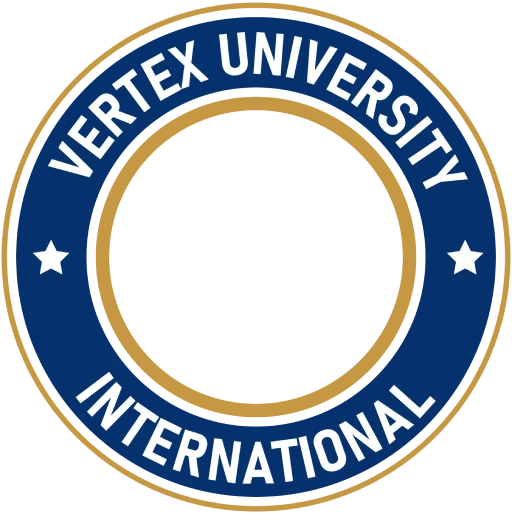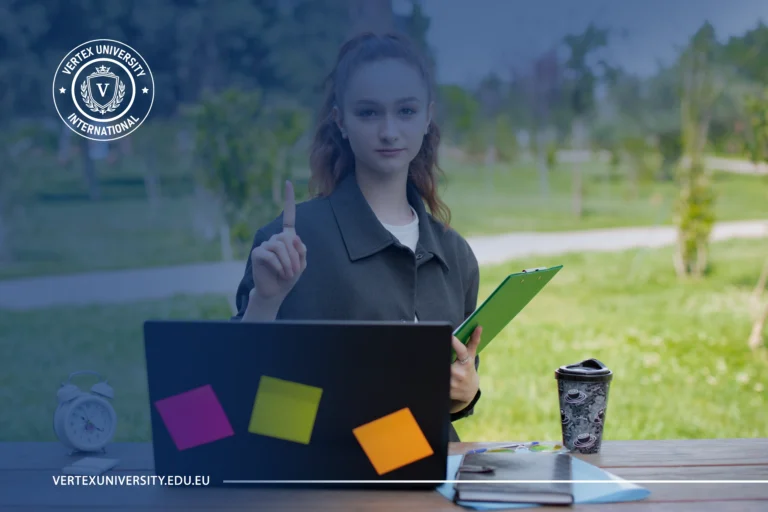Many people still hold misconceptions about digital education and smart universities. As these models emerge as key pillars of the academic future—especially in the context of rapid digital transformation in higher education—they are met with intellectual and societal resistance. This resistance often stems from inaccurate ideas and premature judgments formed without experience, study, or proper understanding.
With rising interest in questions like “What are the best digital universities?”, “Is distance learning recognized?”, and “What are the pros and cons of e-learning?”, it becomes necessary to clarify the picture, correct prevailing assumptions, and challenge common misconceptions through evidence-based insights and audience-driven trends. The goal is to provide a balanced, objective view that promotes a deeper understanding of this modern educational approach.
Misconception 1: “Digital Education Is Inferior to Traditional Education”
One of the most common claims found on search engines and discussion platforms is that “distance learning doesn’t compare to in-person education,” as if academic achievement depends solely on physical presence rather than content. This view overlooks the significant advances in e-learning management systems and the ability of smart digital universities to offer interactive teaching methods that are just as effective—if not more so—than traditional classrooms. These digital tools allow students to review lectures, engage in real-time communication with professors, and collaborate remotely. All these features replicate—and in some cases enhance—the traditional learning experience through greater personalization and flexibility.
Misconception 2: “Digital Education Degrees Are Not Recognized”
This idea often appears in popular search queries like: “Is a digital degree recognized?” or “Are online education certificates accredited?” The confusion arises from conflating informal digital learning (such as open online courses) with institutional, accredited digital higher education. Accredited smart universities adhere to the same academic quality and accreditation standards as traditional institutions. Their degrees are awarded only after students meet rigorous academic criteria and are officially certified by relevant authorities. The distinction lies not in the delivery format but in the institutional framework through which the education is provided—something that both students and the public need to understand.
Misconception 3: “Digital Education Lacks Human Interaction”
Many people assume that students in digital education settings are isolated in front of screens, resulting in weak social engagement and communication skills. This perception ignores the modern pedمنذgical approaches adopted by smart universities, which include collaborative forums, group projects, virtual activities, and regular online meetings. In fact, some studies indicate that digital learners develop superior skills in self-management and independence compared to their peers in traditional systems. This reflects a shift in the concept of interaction—from mere physical attendance to meaningful and active participation in a different, yet equally human, dimension.
Misconception 4: “Smart Universities Are Only Suitable for Certain Majors”
A widespread belief suggests that digital education is only suitable for theoretical fields and is difficult to apply to scientific or practical disciplines such as engineering or health sciences. However, developments in augmented reality, interactive simulations, and virtual lab platforms show that smart universities can now offer high-quality, immersive learning experiences that replicate real-world laboratories and practical classrooms. With ongoing integration of educational technologies, the line between theoretical and applied majors in digital environments is quickly disappearing.
Misconception 5: “Digital Education Does Not Prepare Students for the Job Market”
Questions like “Do graduates of digital universities get jobs?” are becoming more common. While these are valid concerns, they are often rooted in traditional perceptions of the job market. What these views overlook is that today’s job market is itself increasingly digital, relying on individuals who can work remotely, manage projects online, and adapt to modern digital tools. Smart universities prepare students for these realities by embedding digital skills within the learning process itself, making their graduates more adaptable and better prepared for the modern workforce than many of their traditionally educated peers.
Vertex University Advantages: Digital Education with Future Standards
In the midst of these major transformations, Vertex University stands out as a model of integrated smart education, combining academic quality, cutting-edge learning technologies, and comprehensive student support. The university goes beyond merely delivering content online; it redesigns the educational experience to align with student aspirations. With interactive platforms, professionally designed content, and career-oriented guidance services, students graduate with accredited degrees that fully prepare them for the future. Moreover, Vertex fosters a rich digital campus life that promotes collaboration, critical thinking, and innovation, making students co-creators of their learning journey, rather than passive recipient








